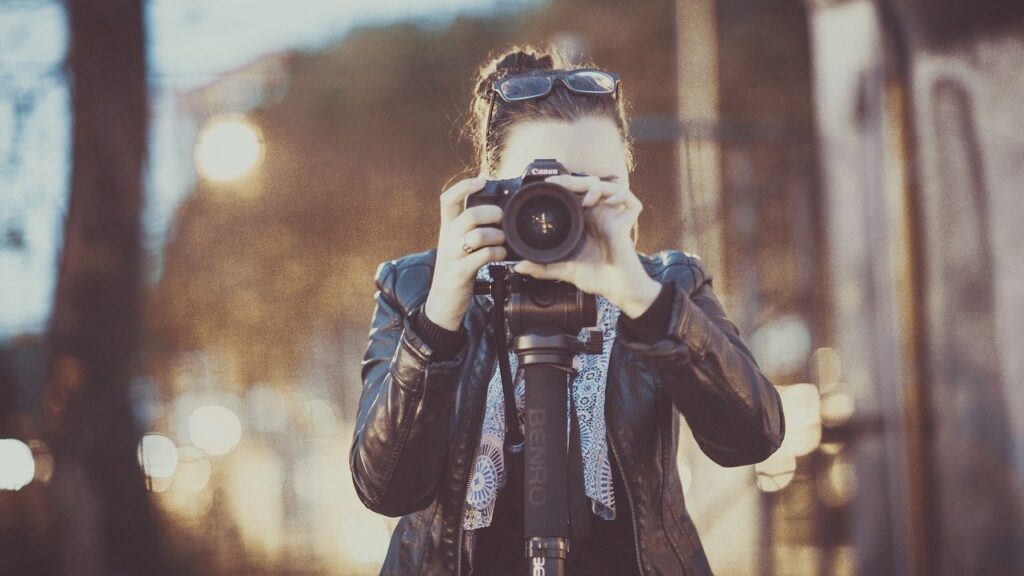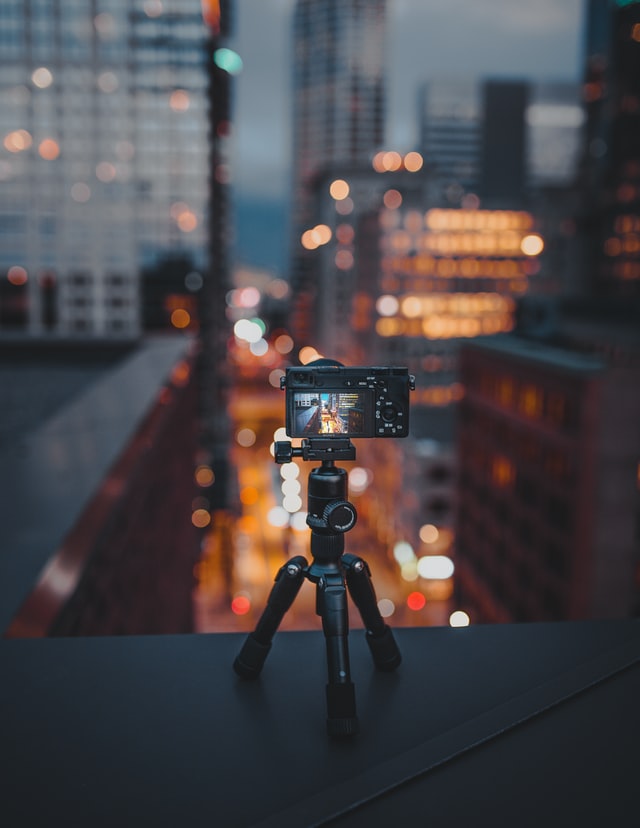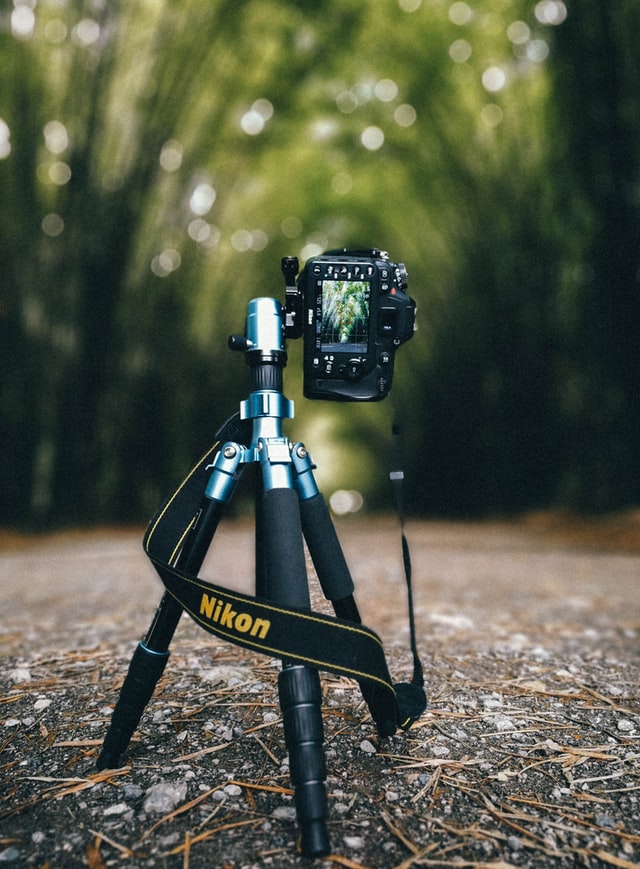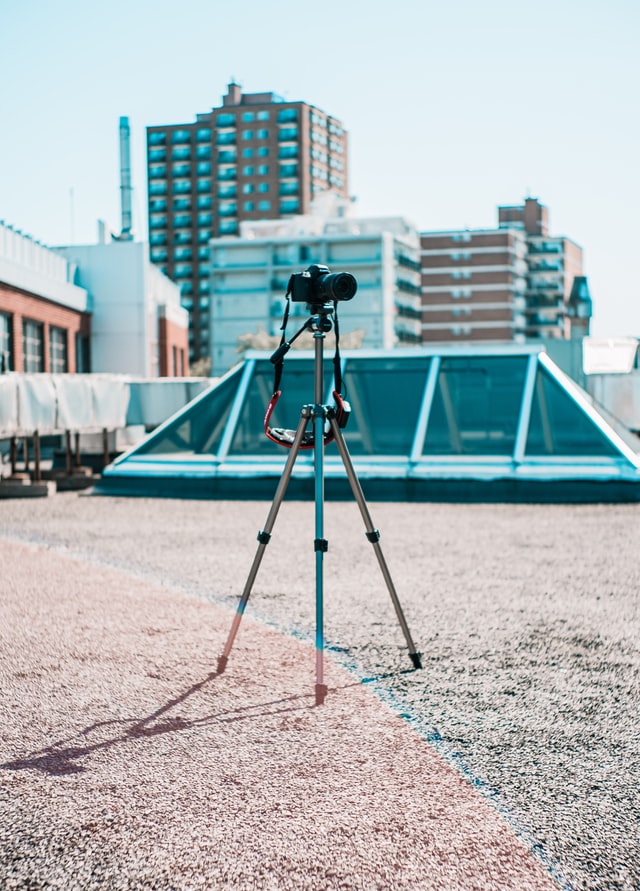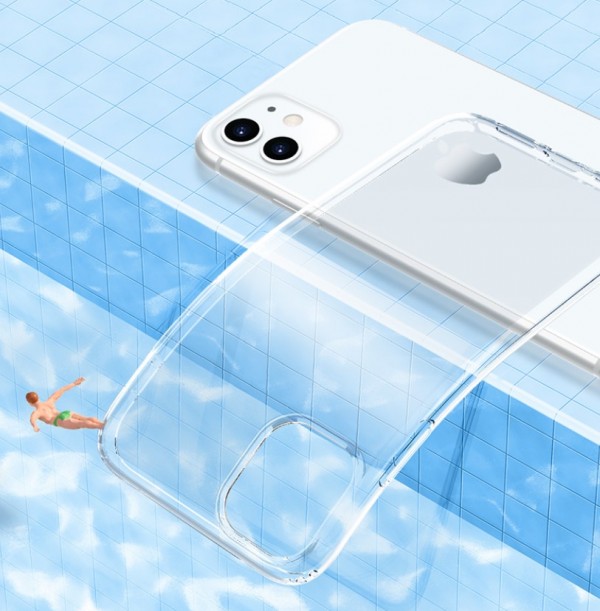A tripod is a support frame used to stabilize the camera to achieve certain photographic effects. The positioning of the tripod is very important. Tripods can be divided into wood, high-strength plastic materials, alloy materials, steel materials, volcanic stone, carbon fiber, etc. according to the material classification.
Introduction to Tripod
Tripod classification
Tripods can be divided into wood, high-strength plastic materials, alloy materials, steel materials, volcanic stone, carbon fiber, etc. according to the material classification. The most common material is aluminum alloy. The advantages of using aluminum alloy is tripods are light weight and sturdiness. The latest tripods are made of carbon fiber material. It has the advantages of better toughness and lighter weight than aluminum alloy. People who often take photos with the tripod on their backs attach great importance to the weight of the tripod and more it can be lighter the better.
According to the largest tube diameter, it can be classified into 32mm, 28mm, 25mm, 22mm, etc. Generally speaking, the larger the tube, the greater the weight of the tripod and the stronger the stability.
According to the number of leg sections, it is divided into 3 sections, 4 sections, 5 sections, etc. Generally speaking, the less the number of leg sections, the better the stability of the tripod. On the contrary, the fewer sections of the tripod, the less portable .
According to the classification by use, it can be divided into tripods for product shooting, portrait shooting, landscape shooting, Selfie, etc.
Tripod purchase
At present, most of the tripods sold on the market are multi-sectioned, generally three sections, and two and four sections are also available, but they are rare and not suitable for ordinary SLR users. The more sections, the shorter the length when stowed. The lower the stiffness when opened, the opposite is true when the number of knots is small.
When choosing a tripod, first determine the material, and then look at the fixing method between the joints, bolt type, screw type, clamp type and sleeve type. The sleeve type connection should not be too tight, and the height of each leg should be adjusted freely. The gong type connection is the strongest, but it is not convenient to use. The bolt type bolts are on the side, and when loosened, they go up and down. The feet can slide freely, which is more convenient to use. There are many such types on the market. The clamp-type tripod can be loosened as soon as it is moved, and the upper and lower feet can slide freely, and the clamp can be tightened. It is very convenient and fast to use, but the connection is not too strong, and it may be clamped after a long time. There will be some slipping phenomenon.
It’s also very important that the stiffness of the tripod you choose, the weight of your camera and the lens should be taken into account when choosing. They must be placed on the tripod you choose, and all three legs are stable. And will not shake. The height of the tripod is also very important. A good tripod is that after the top mount is installed, the viewing frame and the height of the eyes are the same, otherwise you will always bend your back and it will be uncomfortable to take pictures for a long time. Next, consider the span of the tripod. The three legs should be able to adjust the span separately to adapt to the needs of different terrains. When one of the legs is placed to the largest span, you can also release the switch to adjust.
As for the weight of the tripod, some people like the light one and find it easy to carry, and some people think that the heavy tripod is stable enough. The two seem to be difficult to neutralize, because if your tripod is too light, it does not have a certain weight. If it encounters windy weather, plus the weight of the camera and lens, it is likely to fall. But now the tripod has a hook, you can hang heavy objects under the top of the tripod to increase stability.
Finally, regarding the issue of the head, cheap tripod heads are fixed on the tripod, and good tripods are separate from the head. The gimbal also has different weights, depending on your needs to choose. Some are in suits, even with the gimbal, you can go to the local photographic equipment store to see the actual product, and choose the right tripod according to your needs.
How to choose the right tripod is very important ?
The role of a tripod is significantly important for both amateur and professional users. Its main role is to stabilize the camera to achieve a certain photographic effect. The most common is the use of a tripod in long exposure. If users want to take pictures of night scenes or surging tracks, the exposure time needs to be lengthened. At this time, the digital camera cannot shake, and the help of a tripod is needed.
The axis of the tripod
In fact, how to pull out and fix the tripod axis may be a commonplace question. On this issue, the most correct and positive method is to fix the central column with diagonal braces operated by a crank arm. For the lighter weight tripod that travelers often use, just loosen the clamp, raise the tripod to a suitable height, and then re-clamp the tripod. If the locking device is located on the inner side of one leg, the user will struggle between the three legs of the tripod in order to find the device, which is more inconvenient. A better solution is to use a sleeve device above the shoulder of the tripod. A tripod that lacks a friction locking device to prevent the center column from suddenly sliding down when the clamping device is released poses a safety hazard.
The more responsible tripod manufacturer chooses to produce a beveled rack and pinion device to fix the center column. This way, even if the locking device is released, the original height can be maintained, and it can be conveniently used at any time by swinging the arm. Adjust the height, the friction degree of this type of tripod can be adjusted without hindering the locking device. The center column of some tripods can be screwed out, or taken out completely, and then placed upside down to provide convenience for close-ups or use as a monopod.
If the center column is equipped with a bubble level, it will be more practical, because this type of center column can more accurately align the horizon on rugged ground. If the device for adjusting the length of the legs is located “above”, that is, near the shoulder of the tripod, the user can adjust the length of the legs without frequently bending over.
The composition of the tripod
First of all, in the process of purchasing a tripod, not only should it consider its firmness and weight, but also how many sections its legs consist of? How to adjust? Is there any diagonal bracing reinforcement when opening? The performance of the center column is also To be considered. These factors determine whether the tripod is prone to the aforementioned shaking, and will also affect the convenience of operation. Unfortunately, many tripod manufacturers seem to ignore the feel of the tripod. As far as the tripod is extended to the working height, three different methods can be used: locking the rotating sleeve; fixing it with a fastening screw; and tightening the lock with the thumb.
However, the method of fixing the tripod chosen by the manufacturer does not necessarily fully reflect whether a certain tripod is effective. Locking the tripod by clamping is not necessarily more effective than screwing. It depends on whether the tripod is easy to use in the field. As far as the tripod is fixed by tightening, if the relevant knob is not big enough or it is inconvenient to screw it up, then the tripod must be laborious to put away afterwards. Assuming that the knob is placed in a vertical direction (that is, the thread is in a horizontal direction), some users will be troubled by remembering the direction of rotation. For example, few manufacturers bother to mark the position of the knob with an arrow. Many people turn the knob in the wrong direction when screwing it. Because of the over-tightening, they cannot loosen the knob without the help of tools. If these knobs are placed horizontally, the user will not encounter trouble during the tightening process, because he will instinctively follow the method of turning off the faucet and tighten the knobs.
Tripod stability
The first element of choosing a tripod is stability. If the tripod is too light or the connection parts such as the lock buckle are not well made, it will cause the overall frame to loosen. This is not the role of stabilizing the camera. However, the weight of the current digital camera is generally less than 400g, so the tripod The load-bearing weight is mainly in terms of the lens. The first is to check your camera and lens. If you buy the first tripod, you should consider the longest lens or the longest lens that you plan to add. Take it and your camera, go to the equipment store, install the tripod on the spot, and see if the longest lens on the camera can be stable. If it has a shaky feeling, it is obviously unqualified. Many users find it difficult to choose the weight and stability of a tripod. Photographers who travel frequently can only accept a compromise, that is, to maximize the balance between the two. Many professional photographers have a trick, which is to hang heavy objects that can be found everywhere on the tripod in order to increase the weight of the tripod. In order to do this, they put a small bag in the camera bag, filled with stones or sand, and then tied it to the lower end of the tripod’s center column. Because of the added weight at the center of gravity, they can reduce the tripod shaking.
